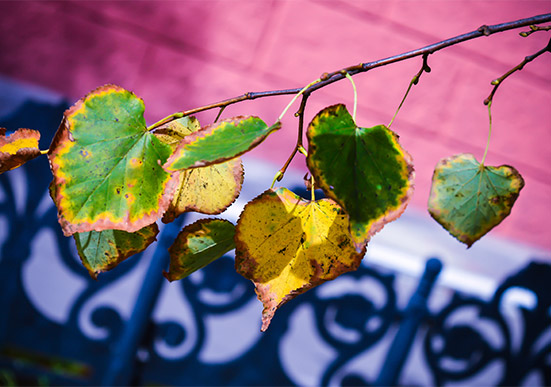
About Colors
When we mix colors, we are making pigments that will help us see the specific component (color) of reflective light that we want. That is to say, color is not in the painted surface; rather, color is in the rays of light as they bounce back from the painted surface. For example in the dark, there is no color.
All colors come from three primary colors … Red, Yellow and Blue. The overlay of these colors produces all other colors.
Some terminologies and what they mean:
- Hue or Chroma: Saturation or intensity of the color.
- Value or Tone: Lightness or brightness.
- Tint: Is a variation in value = Process of mixing color with white.
- Shade: Is a variation in Value= Process of mixing color with black.
- Opaque: Solid color.
- Translucent: Transparent. Opposite of Opaque.
- Undertone: Hue of any paint when spread as a thin layer.
- Muted color: Tinting or Shading. Mutes the Brightness of the color.
- Pale Palette: Tinted colors with low intensity.
- Burnish: The process of rubbing a rough texture to achieve luster.
To burnish a concrete surface, it is rubbed repeatedly with steel trawl to develop a smooth, high luster surface. The luster comes from the transfer of steel particles from the trawl to the concrete.

Examples of variations in colors:
The following are examples of color variations, their names and characteristics that can be produced by mixing colors.
- Van Dyke brown: Light charcoal brown.
- Raw umber: Earth color.
- Gold Ochre colors: Muted, tinted yellow. Saffron.
- Burnt Sienna: Muted tinted smoky crimson. Color of tan.
- Burnt Umber: Grey almost charcoal. Opaque in mass state. Translucent in under-tone.
- Cadmium Yellow: Warm opaque or brilliant.
- Crimson: Red. Pomegranate and red rose color. Smoky.
- Magenta: Purplish red color. A primary color.
- Perylene red: Semi-transparent. Brilliant orange hue.
- Cadmium green: Bright light green. Opaque. Muted colors of the natural world.
- Cobalt green: Undervalued cool green with muted tint. First shoots of spring grass – bright and warm. Semi transparent.
- Cyan: Greenish-Blue color. Aqua.
- Teal: Cyan under-tone.
When we work with a client to choose colors, we recommend that they view their favored colors in a variety of reflective light conditions, from bright daylight to dusk. Different amounts of light make hues and tones shift throughout the day. What is pleasing in one light condition might not be as appealing in the next.